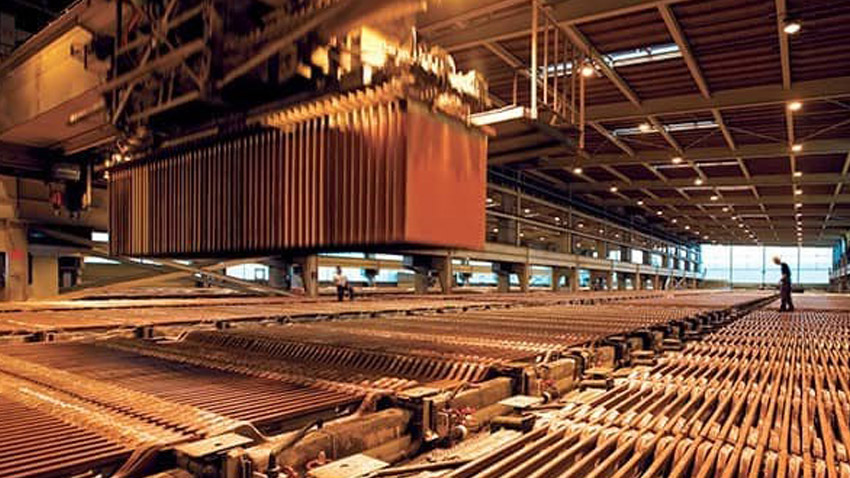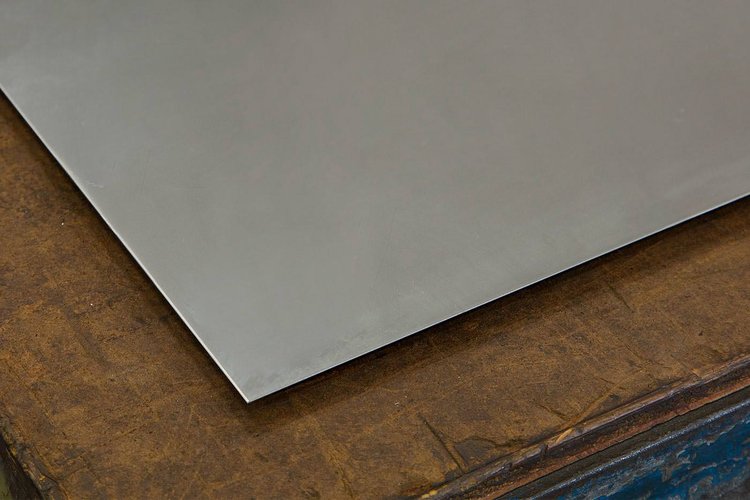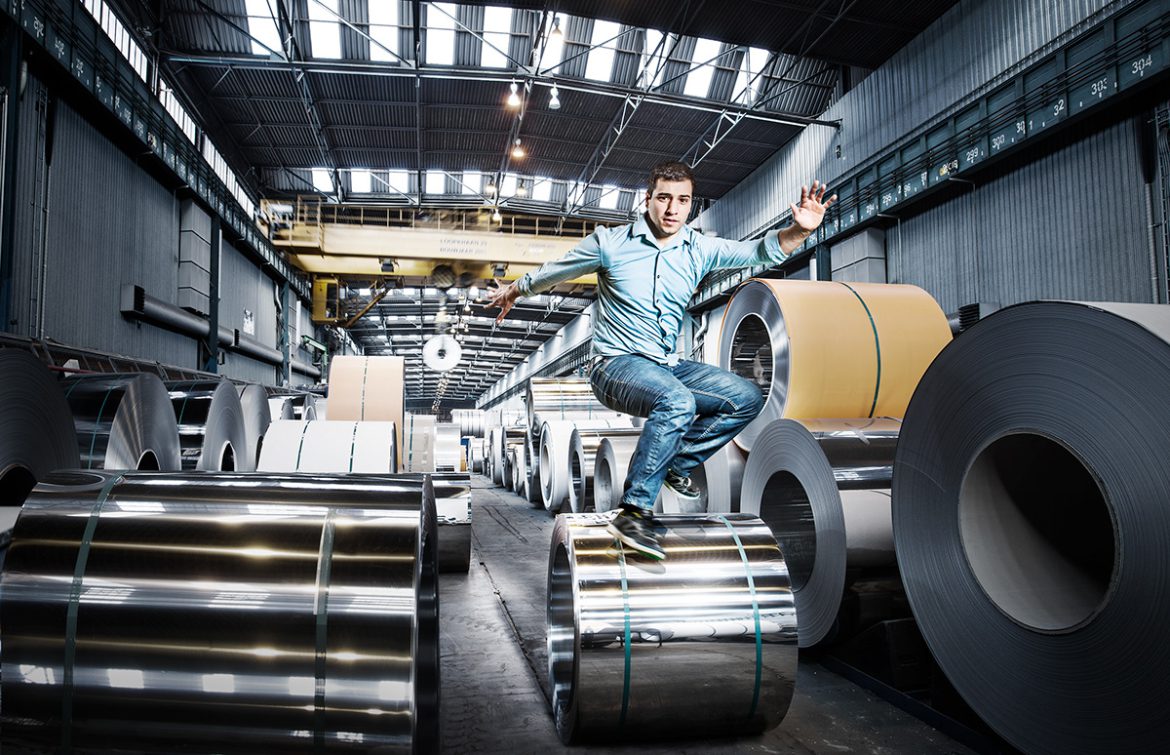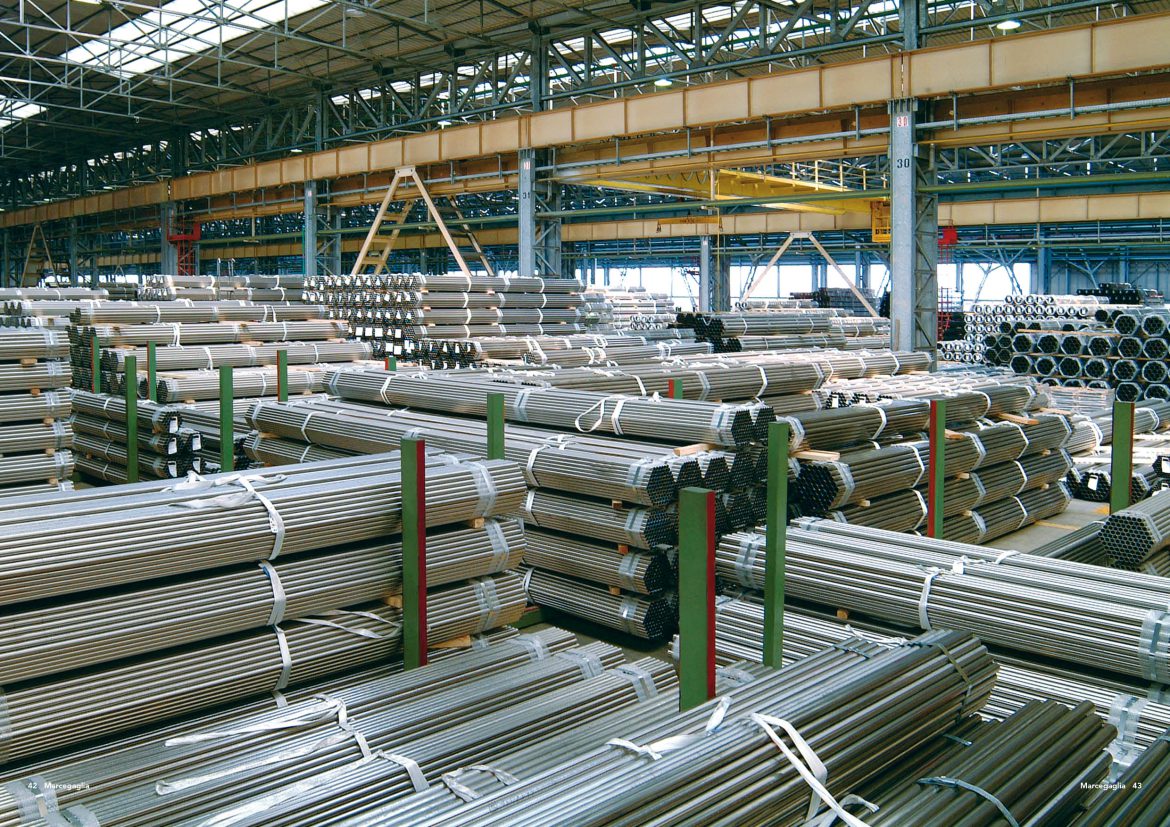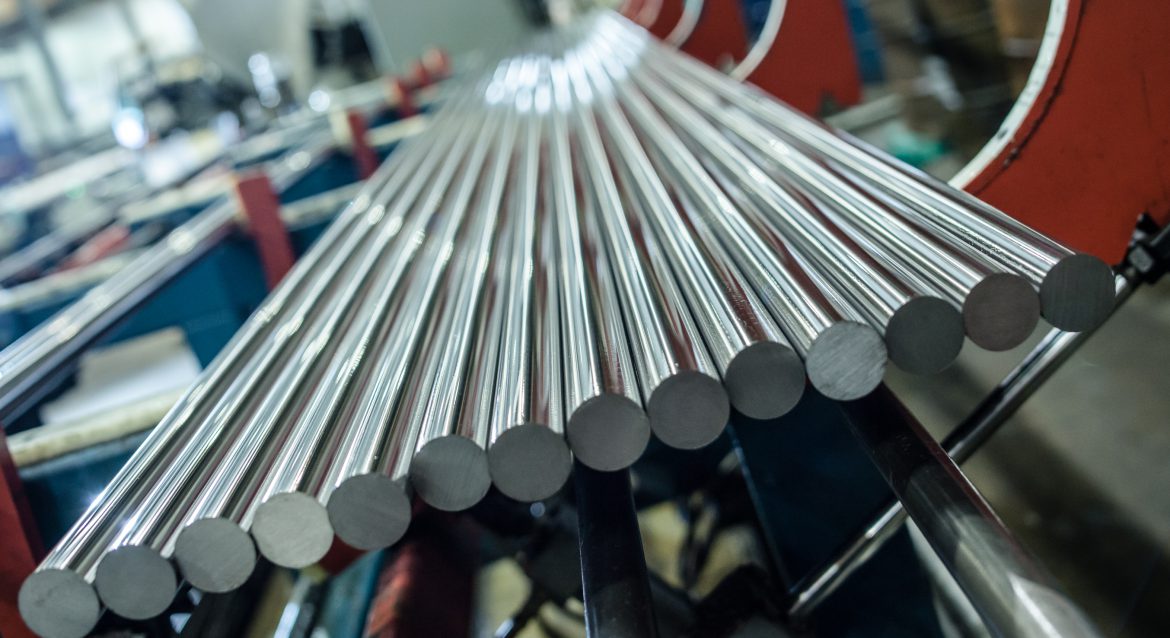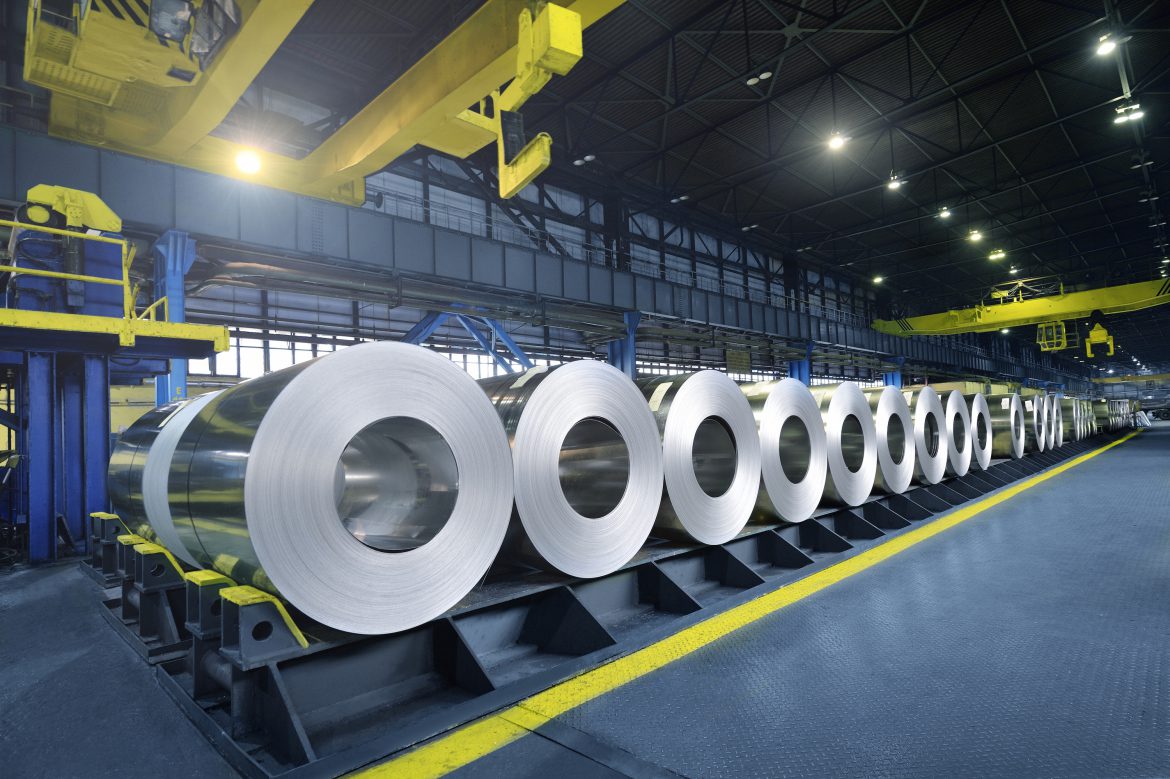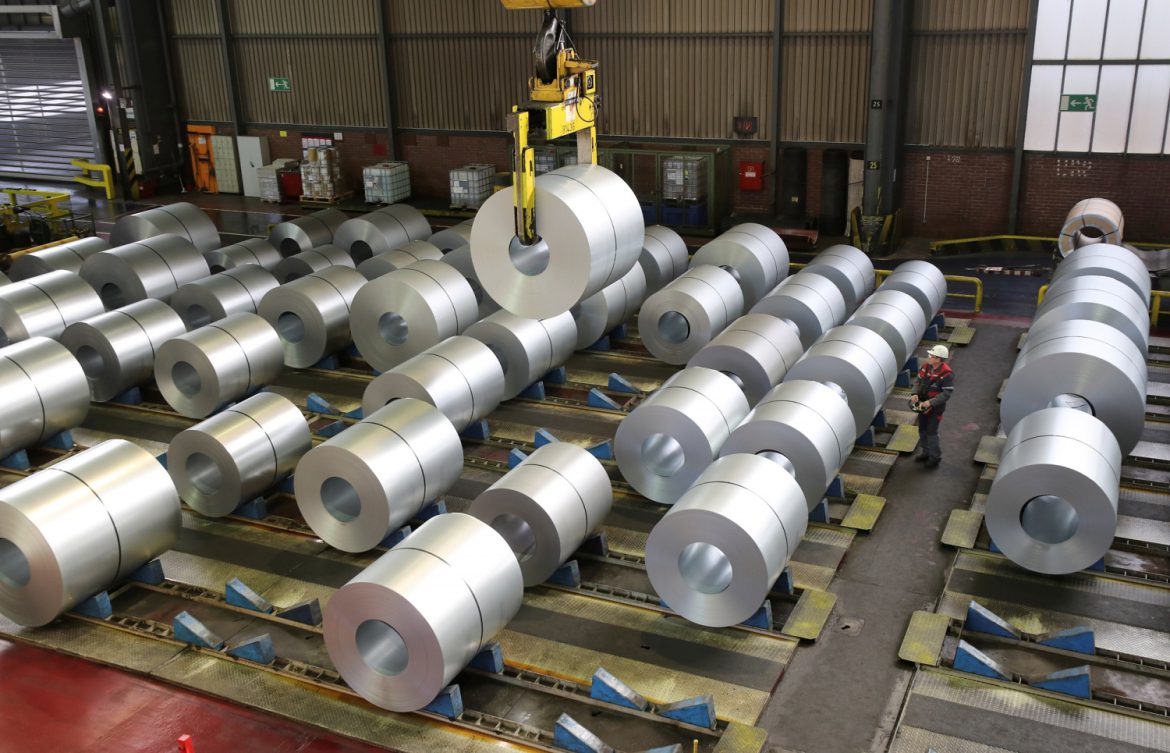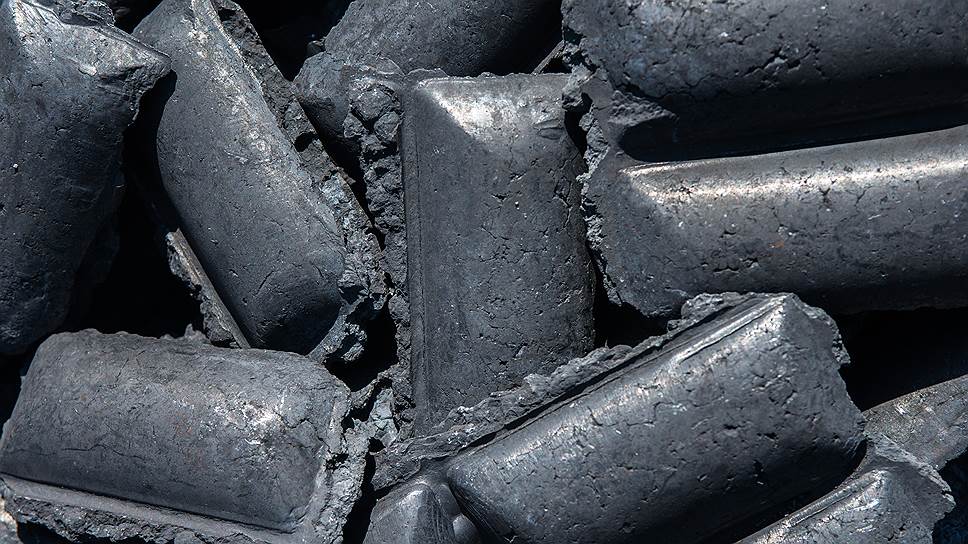Steel ingots are intermediate rolled steel products that are produced in billet or billet or ingot form. Billet has a cross section of less than 230 cm2 and is circular or square with a width of less than 15 cm and is mainly used for the production of rods and wires. Bloom has a cross section greater than 230 square centimeters and is square in shape with a width of more than 15 centimeters and less than 30 centimeters and is used to make rails, beams, cans, corners, posts, shields, etc. More information on First rate steel bloom visit our site.
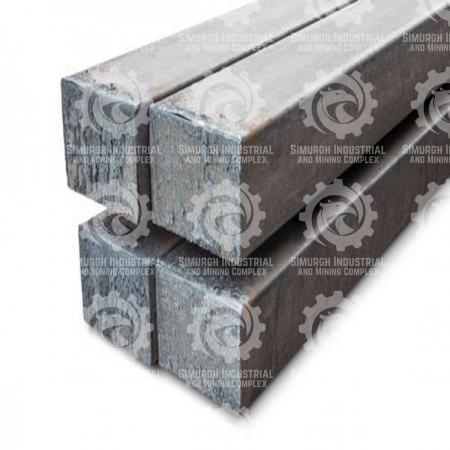
What is a bloom of iron?
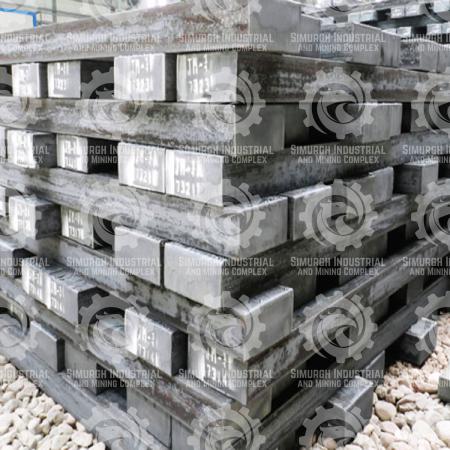 Today, the technologies used in the production of steel products in the last stages of obtaining molten steel, that is, casting and rolling, are more or less the same. But to obtain molten or raw steel, various technologies can be used, including blast furnace (BF), arc furnace (EAF) and induction furnace (IMF) methods. It is produced by the blast furnace method, but for various reasons, the use of the electric furnace method, especially in Iran, is more justifiable. In this activity, the electric arc furnace (EAF) method is used to produce steel ingots (billets and blooms); In this method, scrap is first poured into an electric arc furnace using special baskets and then, at the same time as the scrap is melted, a mixture of spongy iron and slag-forming materials such as lime, coke, bentonite and other additives.
Today, the technologies used in the production of steel products in the last stages of obtaining molten steel, that is, casting and rolling, are more or less the same. But to obtain molten or raw steel, various technologies can be used, including blast furnace (BF), arc furnace (EAF) and induction furnace (IMF) methods. It is produced by the blast furnace method, but for various reasons, the use of the electric furnace method, especially in Iran, is more justifiable. In this activity, the electric arc furnace (EAF) method is used to produce steel ingots (billets and blooms); In this method, scrap is first poured into an electric arc furnace using special baskets and then, at the same time as the scrap is melted, a mixture of spongy iron and slag-forming materials such as lime, coke, bentonite and other additives.
The furnace is added to the melt, and after sampling, oxygen blowing, and homogenization, as well as various analyzes, they are turned into molten steel. After draining the slag, the molten mixture is sent to the continuous casting unit by means of melt-carrying ladles. In a continuous casting unit, the melt is poured through a nozzle into a container called a tandish and then into a water-powered copper mold, which is turned into a frozen ingot by spraying cold water along the path of the roll. Finally, the produced slabs are cut to the desired lengths.
Sponge Iron (DRI), which is used to make steel ingots, is produced by direct reduction of pellets. Fabric ingots are produced in various dimensions. After undergoing the lamination process, this product takes on different sizes. Finally, it is produced for use in cross-sectional laminate. In the past, this bar was known as Bloom, but now, due to changes in the literature, the name of this bar has been changed to fabric. This type of ingot is obtained together with the slab or the entire slab becomes an ingot. In general, it can be said that the production method of all the ingots is the same and there is not much difference in their production process. Bloom, or in the term fabric ingots, are first produced in larger sections and then made into other sections by final rolling.
In fact, it can be said that the flower or cloth, which is known as an ingot, is the same as the billet, with the difference that it has a wider width. In general, it can be said that the width of this product is less than fifteen centimeters. That is why billets and flowers are usually in the same category. It can be said that the main uses of Bloom are for the manufacture of rails, shields, iron cans, beams, corners, etc. For more information on steel bloom sizes visit our site.
Exporting Countries of First rate steel bloom
 Iran is one of the Exporting Countries of First rate steel bloom and exports this product to other countries with high quality raw materials, so you can visit our site for more information about steel bloom price.
Iran is one of the Exporting Countries of First rate steel bloom and exports this product to other countries with high quality raw materials, so you can visit our site for more information about steel bloom price.
You can contact us to buy and sell this product:
Sales consultant: Ms. Leila Nematzadeh
Ways of communication: Phone number: 02147623014
Phone number: 02147623014
 Phone number: 04133660491
Phone number: 04133660491
 Phone number: 09120169267
Phone number: 09120169267
 WhatsApp Response (Skype): click
WhatsApp Response (Skype): click
 Instagram: simurgh_steel_company@
Instagram: simurgh_steel_company@
 email: info@simurghsteelco.com
email: info@simurghsteelco.com
 email: ironore110@gmail.com
email: ironore110@gmail.com
 Facebook: ironore110@
Facebook: ironore110@
 LinkedIn: simurgh-iron-and-steel-company-a68295180@
LinkedIn: simurgh-iron-and-steel-company-a68295180@
 twitter: CoSimurgh@
twitter: CoSimurgh@
